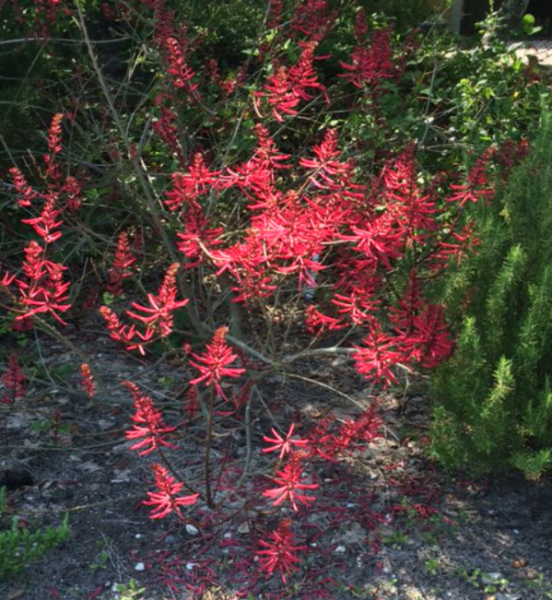Residents and visitors alike recognize the Plantation as a special balance of nature, wildlife, and pristine beaches. Owners have a strong commitment to preserving and nurturing the habitat. In 2011, the board approved a master landscaping plan, designed for conservation and sustainability. It incorporates principles of the Florida Friendly Landscaping Program, which outlines ways to encourage better planting, renovating, and landscaping. Since then, we have won numerous awards for our efforts.

